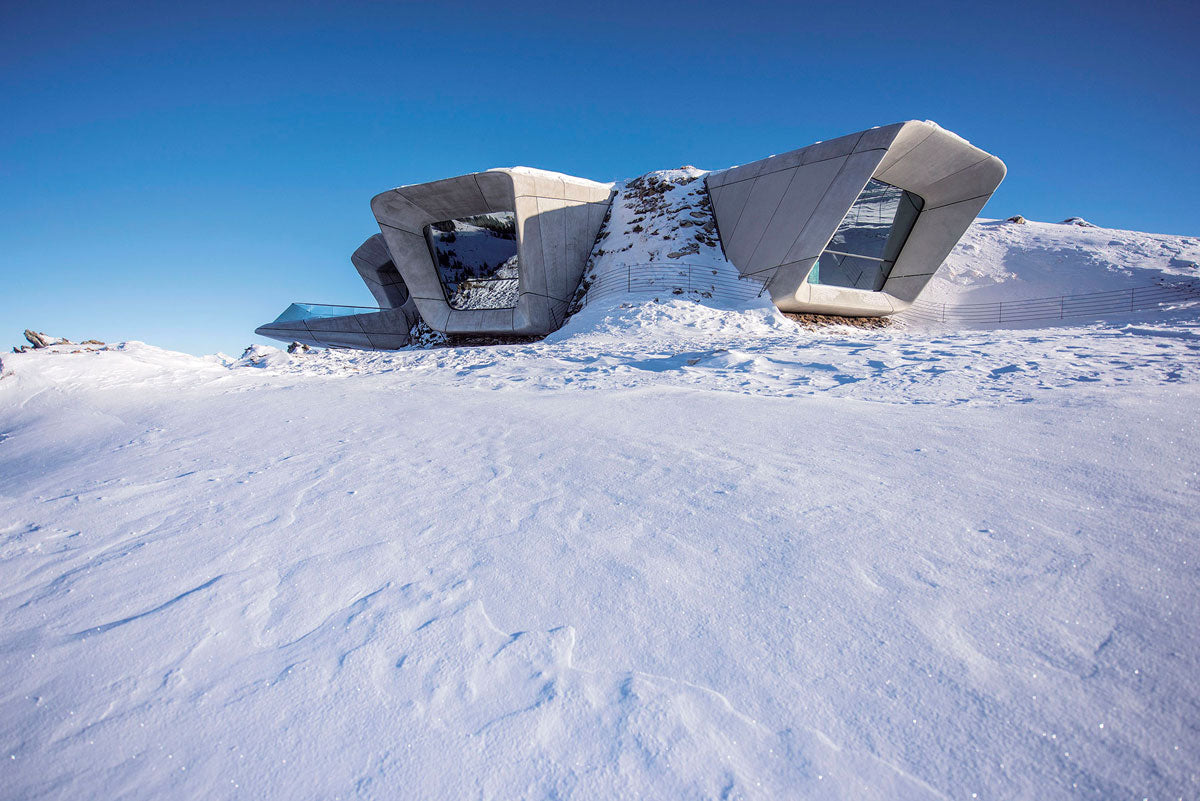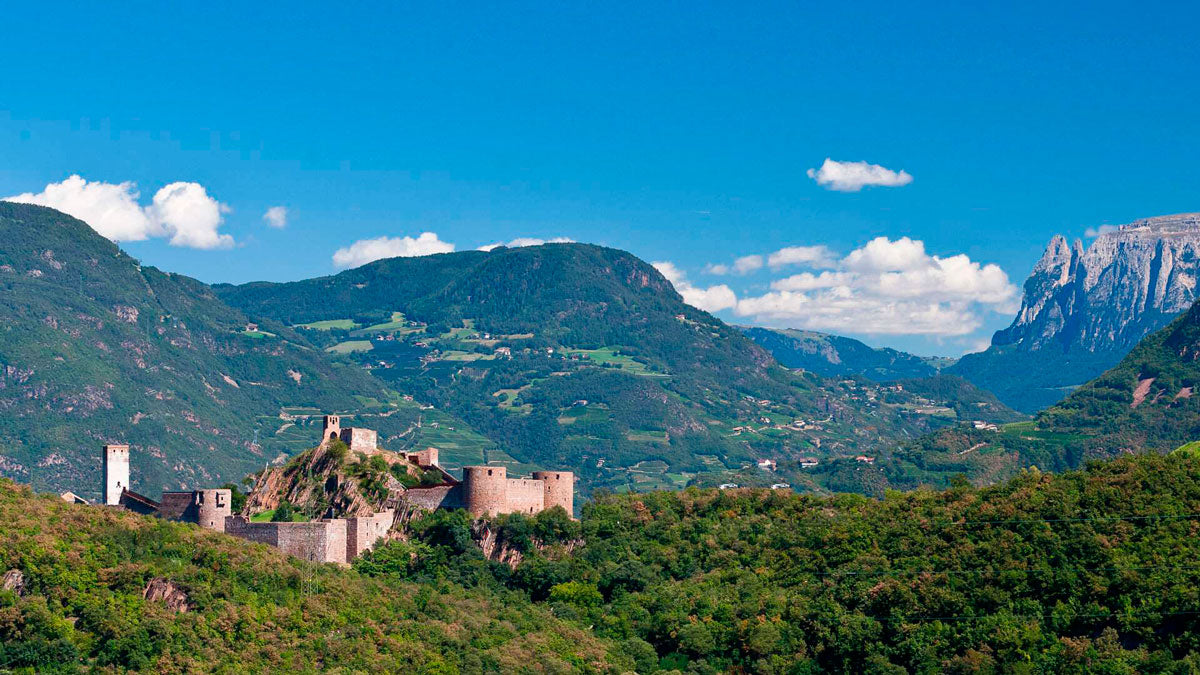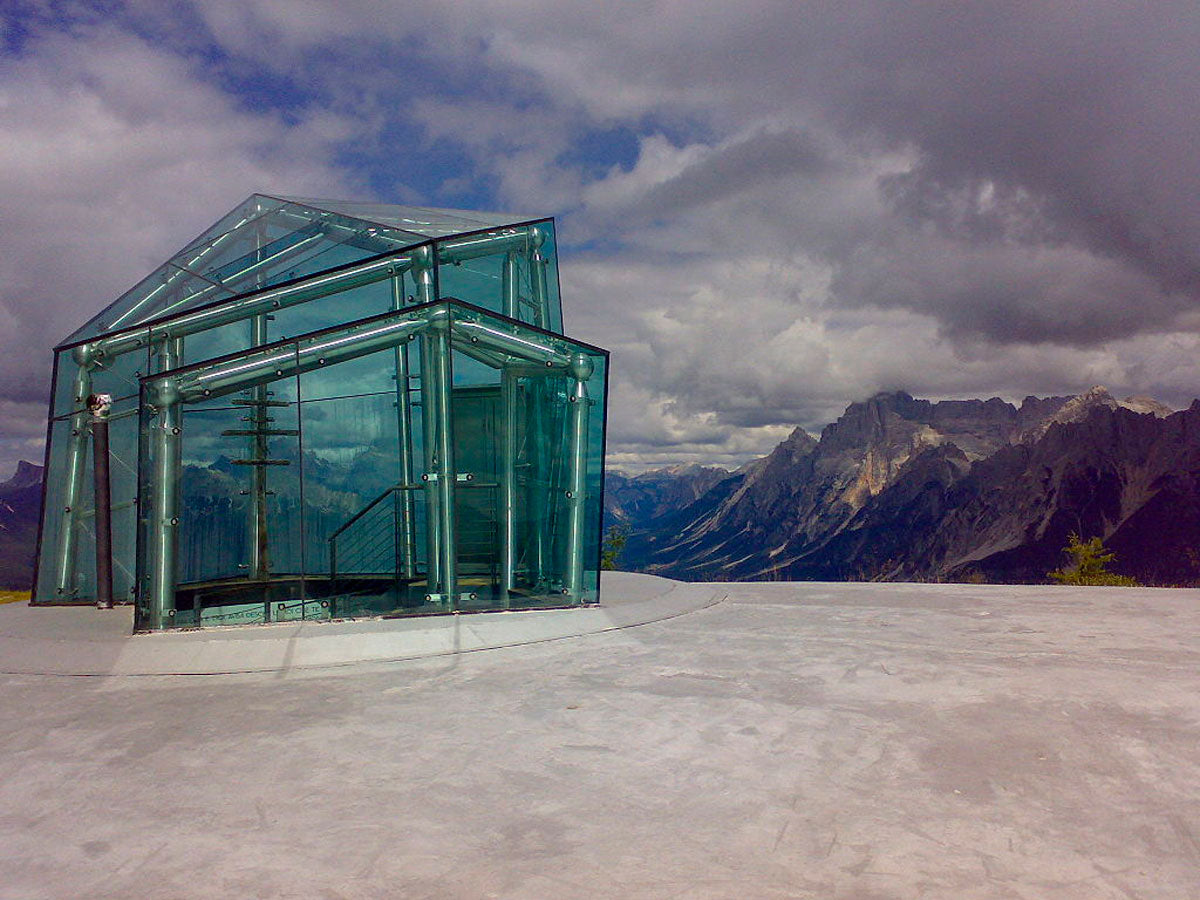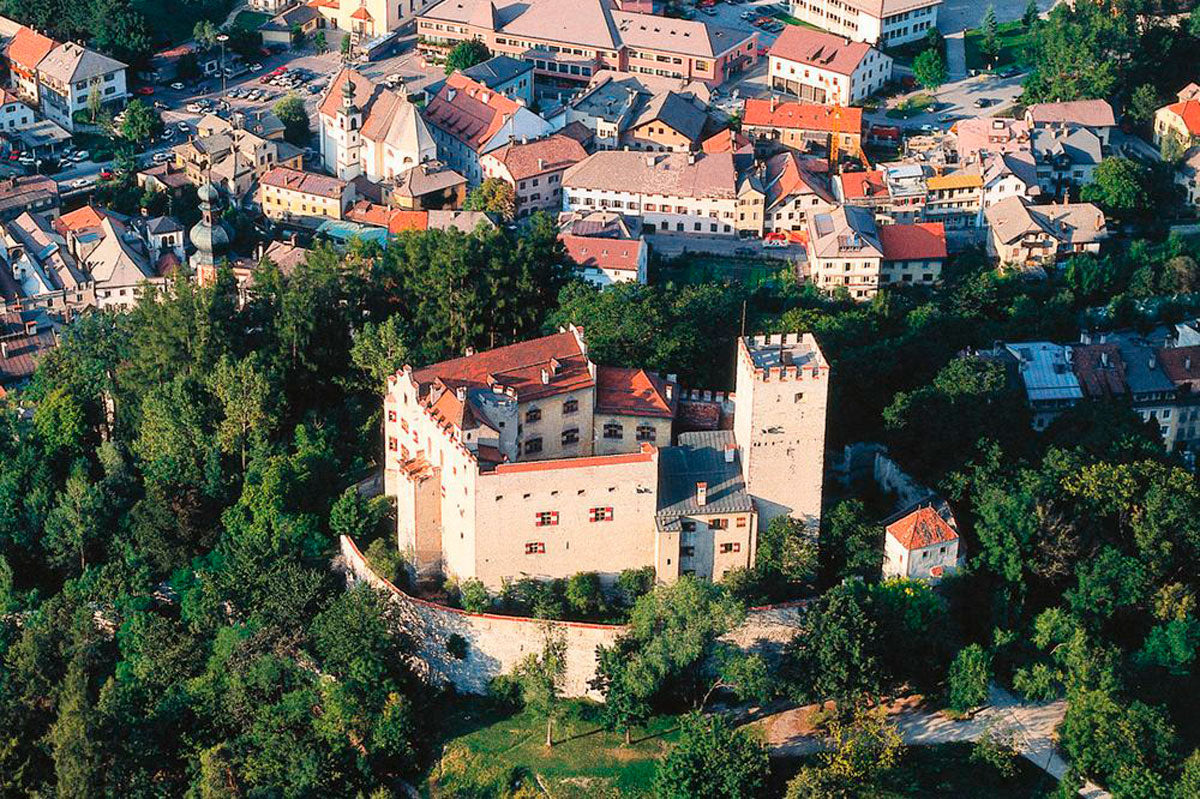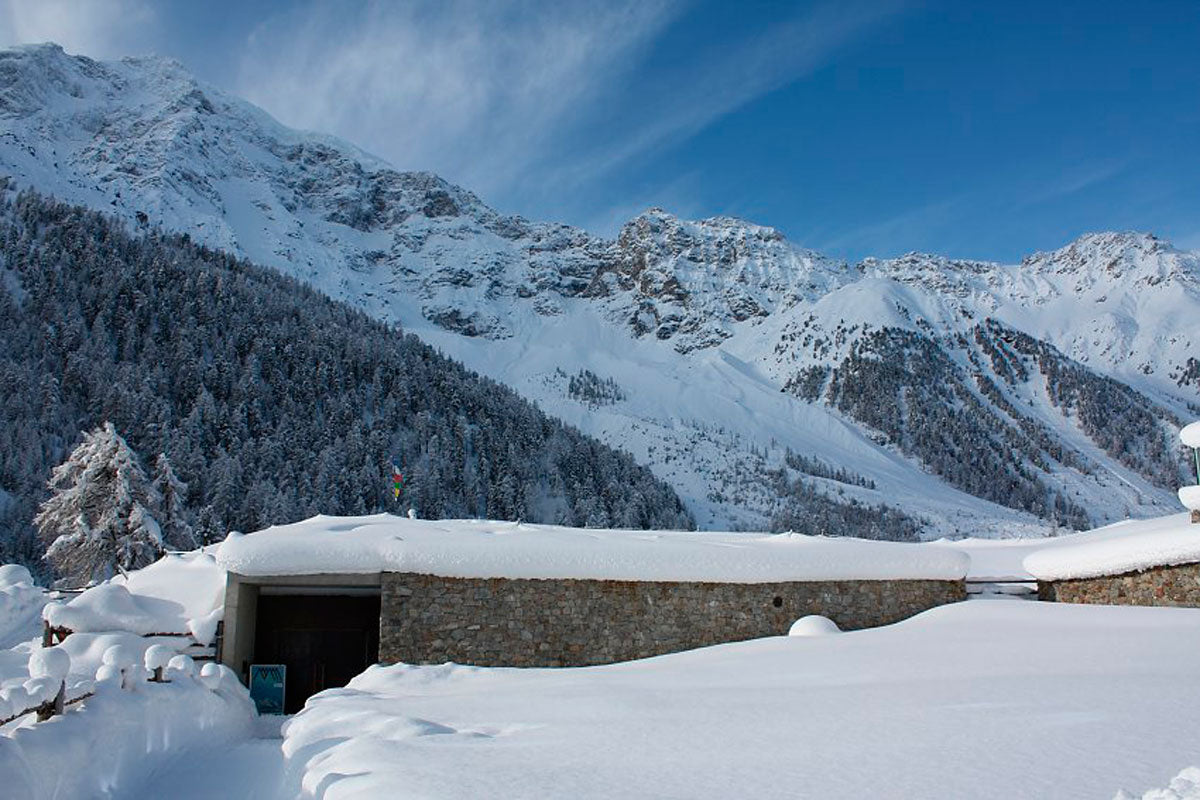Regardless of the topic, art should always be represented in a big way, the houses that shelter works of art cannot be less than true masterpieces on the matter and this is why it is not uncommon for them to be accompanied by vertiginous landscapes and extravagant environments.
Underwater Sculpture Park
Jason de Caires Taylor’s project is located on the Island of Grenada in the Caribbean Sea: it is a series of submarine sculptures made with molten metal from molds previously made with real human beings (all this was possible thanks to plaster molds).
The purpose of the exhibition was to mix art with nature and thanks to that, each sculpture helps regenerate marine life, since their “walls” have created artificial reefs. The work sends the message that human interaction with nature is not always necessarily a negative thing.
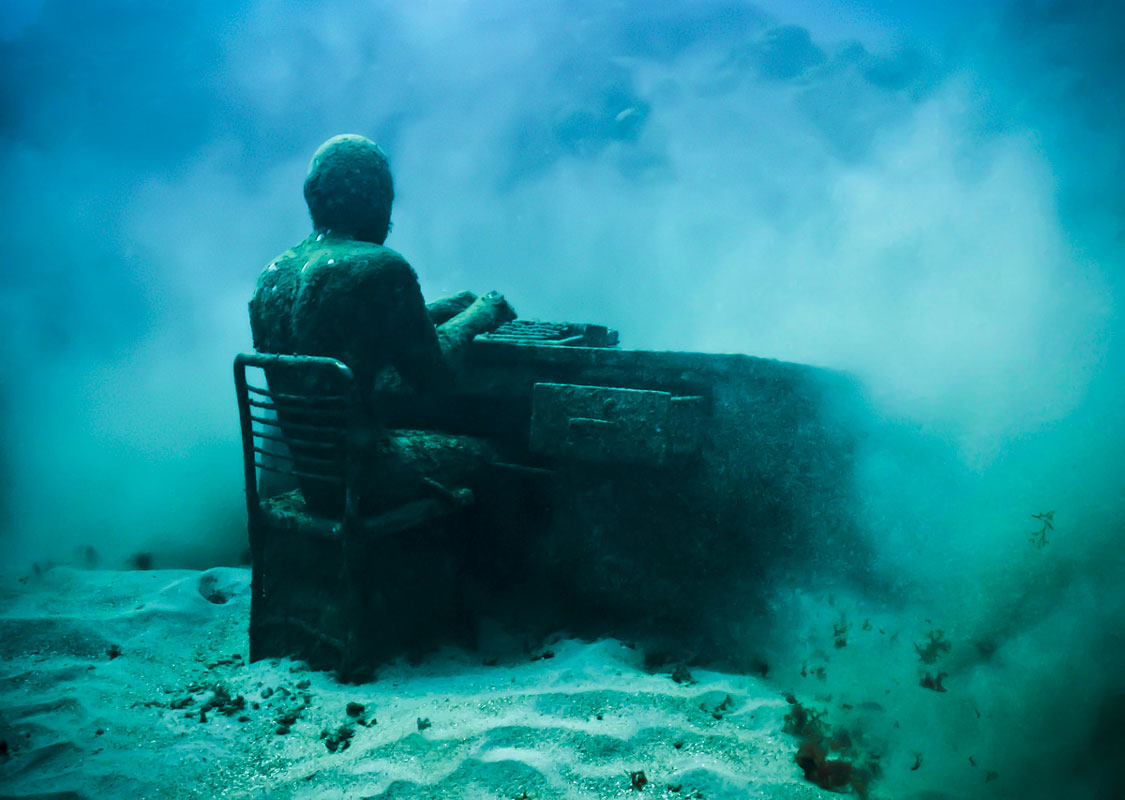
Karmøy Fishery Museum
This cultural center dedicated to fishing is located in Karmøy, Norway and was designed by Snøhetta. Its shape is similar to a container, rectangular and open at both ends. One is the entrance, which offers the possibility to be extended in the future; the other one boasts a spectacular view of the North Sea.
The concrete walls on the outside are designed to be cladded by local lichen; to do so, they simply have to pour sour milk on their exterior face.

Andén Cero
This is the name that Madrid’s suburban museums get. Some of the spaces were designed by Antonio Palacios (architect responsible for some of the most emblematic buildings in the capital city), which gives them an extra historical value, such as Pacífico Power Plant, the old Pacífico Metro Station, and the Chamberí Station (which is celebrating its 100th anniversary). Also the stations that offer trips across Madrid in the early 20th century, and even before it became the Spanish capital, like Caños del Peral at the Opera Station (home of an archeological museum). At the Carpetana Station people can also visit the paleontological remains of the Miocene, images that take us back more than 15 million years.

Baski Museum
This institution’s project was conceived by the artist Hüsamettin Kocan, with the purpose of establishing the Baksi Culture Art Foundation. Architect Mimar Sinan Genim was the mastermind behind its construction, with a curved and slanted ceiling design and a “prepakt” concrete structure, key pieces to fight against the complicated weather in Bayburt, Turkey, that goes well with the hill landscape that accompanies it.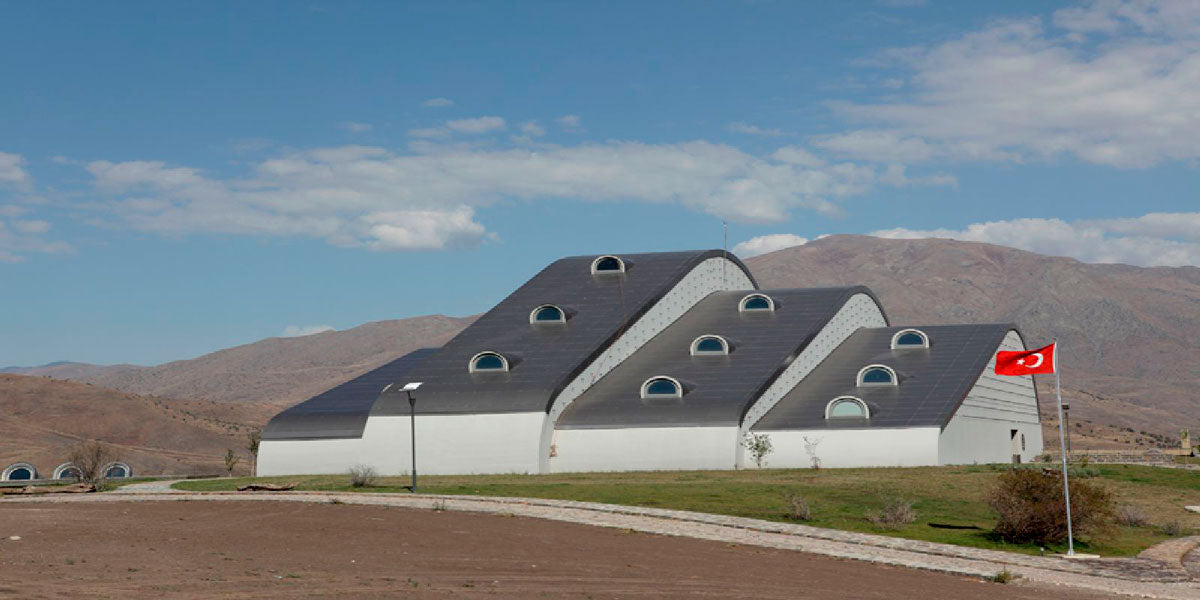
Liverpool Museum
This space’s dynamic structure creates a dialogue with the historical buildings in the area, offering contrast between two eras in one of England’s oldest cities. Its design is reminiscent of merchant ships that were once in charge of the ports; the minds behind this work were 3XN. Located along the Mersey River (downtown Liverpool), it connects the passageway of the port with Albert Dock, social gathering spot filled with restaurants, art galleries, and boutiques.

Inujima Seirensho Art Museum
This Japanese museum is located in the small Inujima Island, middle of nowhere. Hiroshi Sambuicho is the genius behind the rehabilitation of the island, place that more than 100 years served as a copper refinery, and which was abandoned when resources were no longer available.
The project was financed by Soichiro Fukutake (Japanese multimillionaire) and the place is divided into four areas: the Sun Gallery, covered with glass to absorb solar energy; the Earth Gallery, an 80-meter hallway that uses the soil’s temperature to regulate itself; the Energy Corridor, controlled by a greenhouse; and the main space, the Chimney Corridor, which controls the air flow.

Port Lockroy Museum
This port in the Antarctica was discovered in 1903 by the French, but it wasn’t until 1944 that it became British property and was named “British Base A”. After World War II it became a study center until it was closed down in 1962. In 1996, a group of Englishmen decided to restore it and turn it into a museum.

Messner Mountain Museum
It is a museum chain located in Italy and conceived by Reinhold Messner (first man to climb the Everest without an oxygen tank). A total of six buildings with a mix between classic Medieval and modern architecture, each one by the hand of the place’s exhibition:
- Corones: this museum is located in Kronplatz and was dedicated to traditional mountaineering, in addition to its continuous gallery, Traditional Alpinism, it offers panoramic views of the Dolomite Mountains and the Alps. The architecture was the work of Zaha Hadid.
- Firmian: inside the Sigmundskron castle, the permanent exhibition The Enchanted Mountain can be found and the second place by the chain, dedicated to the relationship between man and mountain. The building is near Bolzano (city in northern Italy).
- Dolomites: Musuem in the Clouds, the permanent exhibition in this site, which also sets the importance of rocks and suits perfectly thanks to its design. It is located at Mount Rite, between Pieve di Cadore and Cortina d’Ampezzo, in the heart of the Dolomites.
- Juval: the purpose of this cultural center is to pay tribute to magic through its permanent presentation The Myth of the Mountain, a Tibetan collection accompanied by a gallery of paintings on the world’s sacred mountains and a unique exhibition of King Gesar (the world’s longest text).
- Ripa: the Bruneck castle was the chosen spot to pay tribute to people from the Asian, African, South American, and European mountains, it speaks about cultures, religions, and tourist activities under the title The Culture of the Mountain.
- Ortles: the permanent collection The End of the World makes reference to the place’s location, since it is established on the highest mountain in the Alps, near Sulden (northern Italy).
